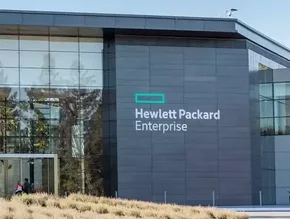AI in a crisis and privacy management

Privacy regulations changed dramatically after the September 11th attacks in 2001. Anti-terrorist policies were introduced that allowed governments to collect massive amounts of data, and trawl through it, legally, in the name of security and protection.
Today, the global pandemic has taken data trawling to a heightened level, as track and trace systems are put into place to increase workplace safety, and governments employ facial recognition and app-based tracking to identify people who might be carrying the virus. Making the workforce feel safe is a vital component to getting the economy back into recovery. But the use of AI to collect data on citizens without their permission, even when it is with the best of intentions, carries with it, big questions.
Privacy vs protection
The misapplication of tracking technology is a major concern. Employees are justified in asking questions regarding how data will be used and could it be applied to track other behaviours – not just record likelihood of infection. There is the concern that such powerful surveillance results in employees having no privacy rights within the workspace, thus ruining trust between employer and worker. Here are three ways companies can apply AI legitimately and effectively, without violating or antagonizing a workforce that values privacy.
- Set privacy parameters
Make sure your company data collection policies are ethical – and adapt them to set a new standard if they are lacking. Follow best practices. Be transparent about what will be done with the data and why.
- Choose your AI system with care
Don’t panic buy. It is important to choose the best system for your purposes. Only collect the data your company needs. Potential future uses are not your concern. Stick to the script. This will help you set fair limits are generate trust with your workforce.
- Set boundaries
The standards that you set for your own employees and practices must extend to your vendors. Urgency to adopt a new technical system that is being rushed in elsewhere, can result in poor decisions being made. Be methodical and don’t hurry the process.
Less haste more speed
Ultimately, choosing the right system for your corporation is essential. The pandemic has hit the workforce from two directions; that which directly impacts health, and that which directly impacts privacy. An unhappy workforce is one that fails to thrive – and clarity and transparency is paramount when questions of privacy and trust arise. The advance of technology has proven to be an extraordinary tool when a disaster strikes. But maintaining privacy in the wake of such events must be considered a top priority too.






